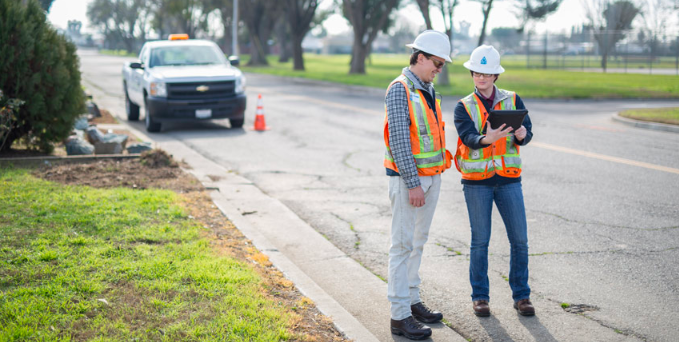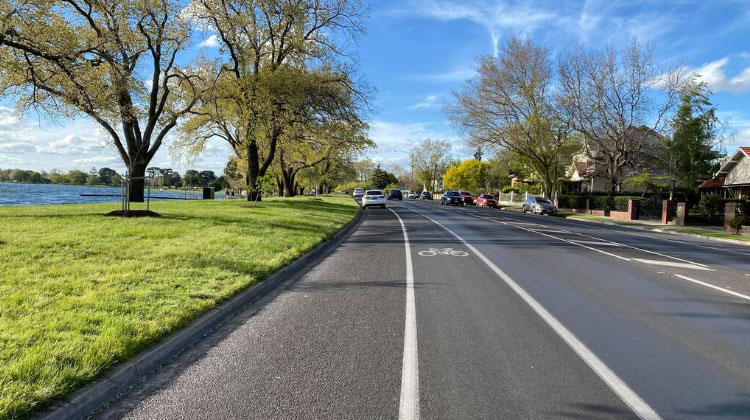
Where plans to develop infrastructure and new lots concern the livelihoods of surrounding civilians, including a Traffic Impact Assessment is often a necessary peripheral for the Department of Transport & Planning (formerly VicRoads), Local Councils, Public Transport Authorities and other organisations responsible for the management of the concerned areas.
Pursuing a new development project will involve other inspections and assessments in the process of engaging your local planning and townspeople. Traffic Impact Assessments pertain largely unto, as the name suggests, the influence the potential development will have on local traffic, and its effect on capacity to generate congestion in a given road network, transportation and its flow of movement.
How critically do Traffic Impact Assessments fall in their place among other documents implicating road safety and congestion dynamics? RedSquare Traffic explores the gritty details here, unpacking the documents that build the case for best development practices.
Your Traffic Impact Assessment
At its core, a Traffic Impact Assessment takes into account the likelihood of key changes in road congestion implicated by proposed developments, with an eye toward how neighbouring roads will constitute alterations in incoming and outbound traffic.
In the eyes of councillors and civil engineers, these assessments are building blocks to ensuring a broader duty of care toward public safety – their scrutiny placed not only on drivers on the road, in other words, but also cyclists, users of public transport, and other collateral demographics influenced by the potential for high traffic demand.
By natural consequence, it follows that development projects with a greater onus on influencing traffic have a proportionally larger obligation in investing in the quality of their documentation. Logically, this includes any establishment or structure likely to draw in a high number of patronage, redirect routes heavily, impede on the affordances of other roads, or access to integral transport points within the area.
Structurally, the density of your report will predicate largely on location, development type, scale, and how well the proposal fits into the existing network of ongoing traffic – there are a variety of non-negotiable items that should accommodate most lists, however, these being:
- Development specifications, costs and stakeholders involved
- Existing conditions of:
- Parking lots, land use and zones
- Traffic volumes, intersection and network performance
- Site access, and access to other essential transport in the area
- Road safety issues, if there are any
- Proposed development details in consideration of these metrics
- Operational details associated with this development
- Traffic generation forecast projected
- Impact assessment of these details on existing conditions
- What measures can be taken to mitigate these effects to a minimum?
Traffic Impact Assessments in the Context of Other Documents
Given how necessary safety guarantors consider your Traffic Impact Assessment, it’s just as likely that it’s requested in the company of other surrounding documentation. Where the TIA looks at minutiae involved in your development plan broadly, assessments concerning auxiliary traffic effects are just as important in the process of securing your planning permit:
Traffic Management Plan
A Traffic Management Plan aims to curb changes to surrounding traffic as a largely solutions-based set of best practices, with conditions designed to:
- Minimise extent of impact where changing circumstances occur
- Manage parking and road closures
- Assure the safety of those working in the area
Car Parking Demand Assessment
A CPDA involves a surveying of whether existing car park allowances of a given establishment are sufficient for projected traffic figures – relative to legal parking affordances, and whether or not an extension of reduction is necessary.
Convinced on the need for a Traffic Impact Assessment? We offer a whole range of assessments related to the application of planning permits, including TIA’s – reach out to us, and we’ll tailor our services to your particular needs!












